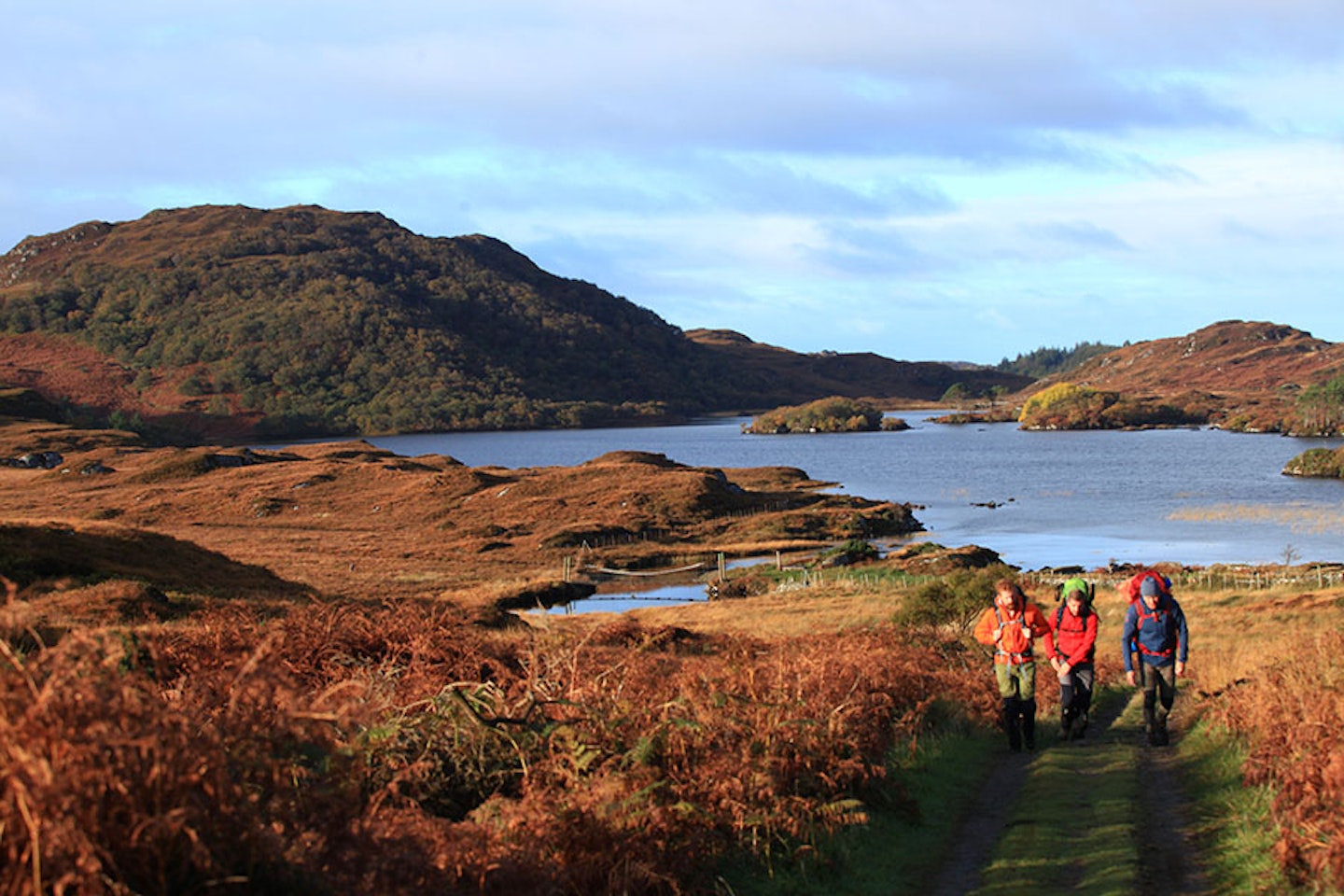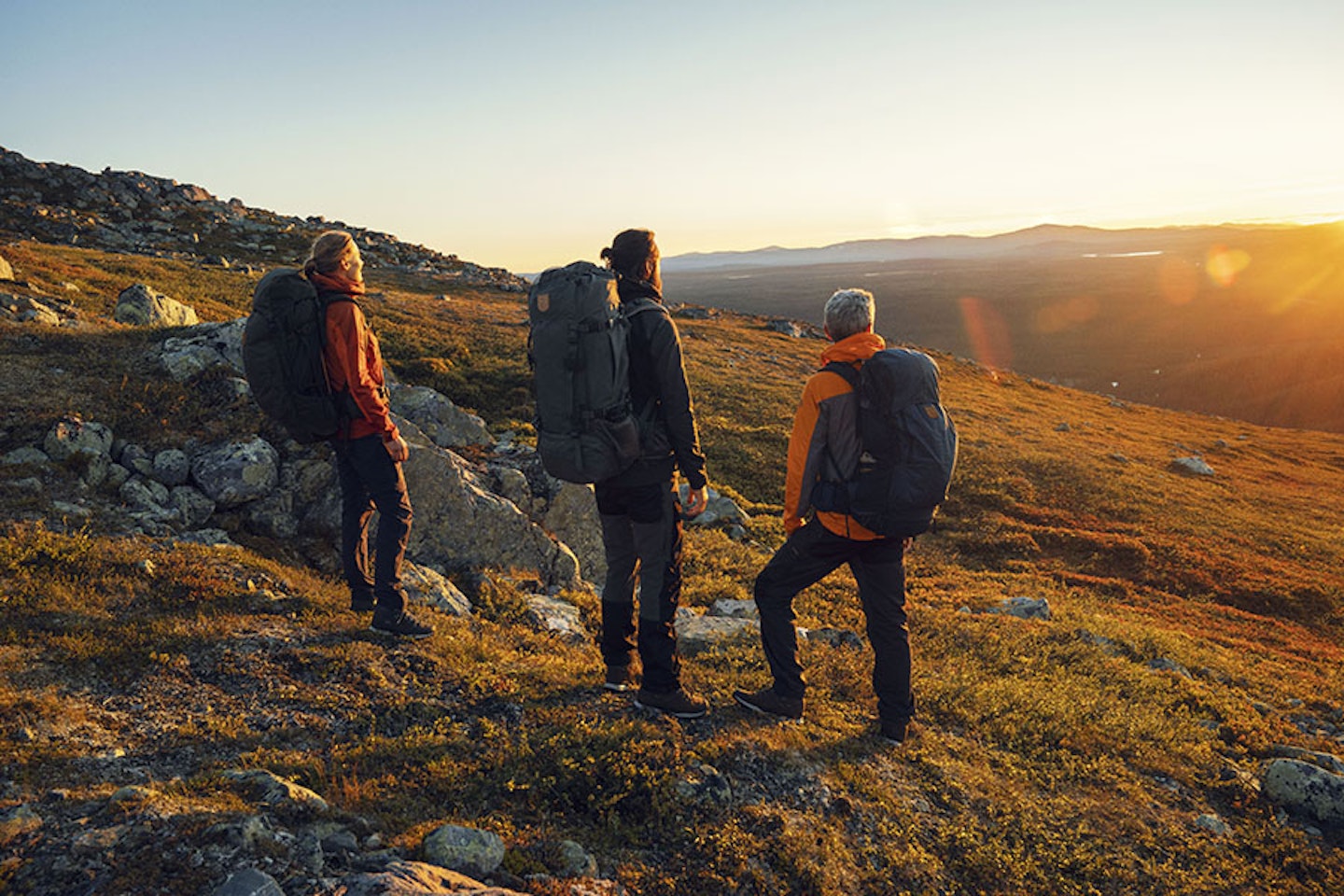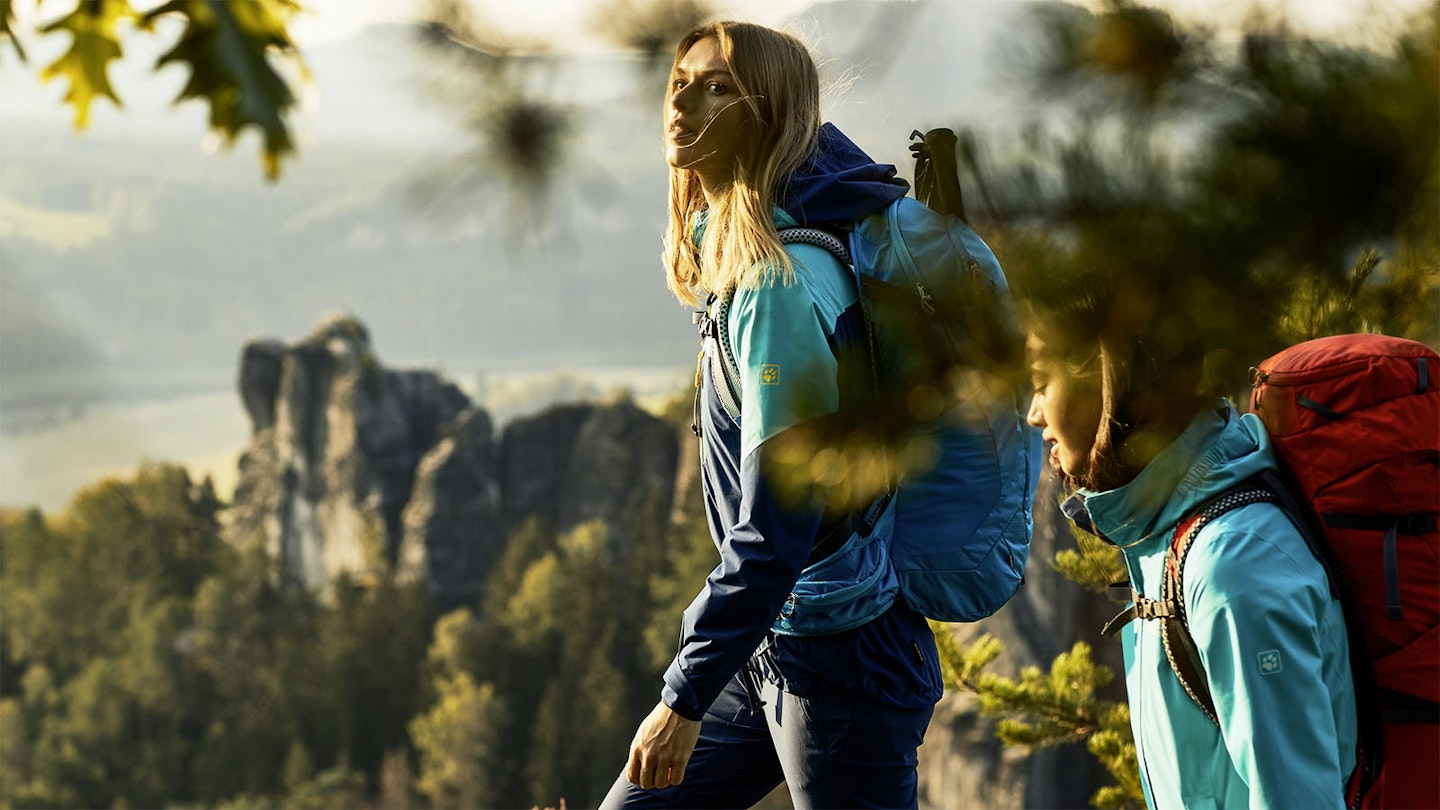It’s a simple truth that when it comes to stuff, what most of us really need is less. Inconvenient as it might be for anyone who gets excited about the latest developments in outdoor kit, if we really care about the great outdoors it is a truth we need to take seriously. After all, the most sustainable gear is the gear you already own.
While many of the catastrophic results of human activity can be seen in the natural world around us, we are also learning daily about the effects of the climate crisis on our own health. Our future as a species depends entirely upon our actions – as individuals and governments – right now. The planet will continue to spin through space long after it has shrugged us off for our ill-conceived follies.
There is no doubt that having the right gear allows us to explore the outdoors safely and enjoyably. We have all read about – and many of us have experienced first-hand – the perils of venturing into a landscape whose demands exceed the limitations of our kit. If we’re lucky, we just get cold, wet, and a good lesson in being better prepared. So how can we balance our need for gear that keeps us warm, dry and safe when we’re out in wild places with the urgent need to protect them?
We have seen many positive changes in the outdoor industry in the 15 or so years since we first met working in a climbing shop. Public awareness of the negative impact of the clothing industry has increased massively, driving forward the development of less harmful materials, practices and processes. Many brands now provide comprehensive corporate responsibility statements online, and this is a good place to look when deciding between similar products.
When we review gear, we always look for transparency and responsibility throughout the entire production chain, from growing or rearing the raw materials right through to sewing and transport. And we always ask if we can’t easily find the answers.
Only a few years ago brands were awarded eco-friendly badges for including recycled content in their products. Today entire ranges are made from recycled materials; less toxic dyes and waterproofing treatments are common; and acceptable human and animal welfare standards are expected. But there’s still plenty to be done and, as customers we hold the power to demand better.


Remember your Rs
Reduce
It’s estimated that we Britons have around £10bn of clothing loitering unworn in our wardrobes. We produce over 200,000 tonnes of textile waste each year, of which more than half ends up in landfill. So before you click the ‘buy’ button, it’s worth asking yourself whether you really need that new jacket/rucksack/pair of boots.
When you do need to buy new, aim for versatility and durability. While the initial outlay may be higher, you’ll find yourself repaid many times over in performance and longevity.
Repair & reproof
Perhaps someone you know is handy with a sewing machine. Or you could give it a go yourself – it’s amazing how achievable simple repairs can be with YouTube as your guide. And Patagonia’s online repair tutorials are both useful and entertaining. For more technical repairs, many brands offer a service for their own products, while companies such as Alpkit, Lancashire Sports Repairs and Scottish Mountain Gear will mend any brand for a reasonable fee.
Cleaning and reproofing kit is an easy and effective way to give it a new lease of life. Look for non-toxic options such as those from Grangers and Nikwax to restore the beading to soggy waterproofs, the loft to flattened feathers, and the freshness to anti-social base layers.
Reuse & repurpose
There’s a wealth of places to pick up secondhand or unwanted gear at a fraction of RRP. Charity shops are well worth a look, particularly in outdoorsy towns, while the Outdoor Gear Exchange and Outdoor Kit Exchange Facebook groups are good places to buy and sell kit online. Unwanted kit can also be donated to worthy causes: Gift Your Gear, Alpkit’s Continuum Project and Gear Forward all supply outdoor gear to youth projects; ReRun and the No Wear To Run campaign reuse active wear; while tents and sleeping bags can be distributed by homeless charities.
Old kit can be really handy for repairs. Worn-out jackets and rucksacks can be dismantled and cut up for patches and spares. Some brands are embracing their leftovers too. Fjällräven’s brand-new Samlaren range is made using offcuts. Finisterre’s Fabric Use Up Project repurposes scrap material to make accessories. And many of Cotopaxi’s products are made entirely from remnants.
Recycle
If you’ve exhausted all other options, some brands, like Paramo, will take their own gear back for responsible recycling. Local doorstep schemes and clothing banks accept kit to be recycled or reused. French company Re
Many items of outdoor kit are made from multiple fabrics, making them difficult to recycle. When buying new, look for recyclable products, designed to be part of a circular system rather than single-use. Natural fabrics, such as cotton, bamboo and wool will naturally biodegrade and can also be composted.
Rebel
Lobby your local government to improve biodiversity and car-free travel. Support organisations that are doing things well, and research thoroughly before carbon offsetting. Tree planting is easy, but catastrophic if not done properly. Choose organisations that plant native trees and look after them as they grow, such as Trees for Life and Trees not Tees here in the UK, or internationally the Global Trees Campaign.


The Big Questions
Natural or synthetic?
Every fabric – natural, synthetic, or mixed – has its own strengths and weaknesses, including durability, performance, and the impact of its production. Synthetic fabrics are often made from non-renewable, petrochemical-derived plastics – although plant-based semi-synthetic alternatives are on the rise – which shed microplastics and last forever in landfill. On the upside, synthetic kit is often relatively affordable, and can be made with recycled content and then recycled at the end of its life.
Natural fabrics are not without issues, from water and pesticide usage to animal welfare. Look for guarantees of responsible production, including organic certification for cotton; fast-growing, water-saving, disease-resistant crops such as bamboo and hemp; and animal welfare standards for down, wool, and leather. Natural fibres often have superior thermo-regulating, antimicrobial and comfort qualities to synthetics, and biodegrade once their useful life has come to an end.
Microplastics, such as those shed from synthetic fabrics during production, wear and washing, are a huge problem globally. They’ve been found on the highest mountains and deepest ocean trenches, and in our food, water and even the air around us. While no conclusive evidence currently exists for their harm to humans, in marine life they have been found to disrupt reproductive systems, cause inflammation and damage organs, so it’s not likely to be good news for us either. While science unravels the countless unknowns around microplastics and what we might be able to do about them, choose natural fabrics; low-shedding products such as Polartec’s Power Air fleece, developed in conjunction with Swedish brand Houdini; and use a Guppybag to catch fibres when you wash synthetics.
To PFC or not?
Due to their ability to repel water, grease and stains, PFCs (perfluorocarbons) are common in many household goods as well as clothing. In outdoor gear they’re used as a durable water repellent (DWR) treatment. Unfortunately, PFCs are damaging to wildlife and associated with a host of unpleasant health effects in humans. They are widespread – found in tap water, breastmilk, the food we eat and even the air we breathe – so it’s clear we need to be reducing our exposure. Isabelle Liahaugen, head designer at Swedish outdoor brand Klättermusen, which only uses DWR treatments that are 100% PFC-free, told us: “It’s more complex than using PFCs, because you have to match each fabric with the right DWR treatment to get the best performance. But given the evidence against PFCs, using them simply isn’t an option for us.”
So what are the alternatives? Helly Hansen’s Lifa Infinity Pro fabric uses heat treatment to create an ‘inherent DWR’ effect that doesn’t require chemical treatment. Other options involve the use of silicon-, wax-, or plant-based water repellents, which remove many of the downsides of PFCs. Many brands are already PFC-free for all new products, while others have set dates to become PFC-free or have eliminated their use of the chemicals across certain ranges.

Our top 10 Eco-friendly brands
-
Finisterre
-
Fjällräven
-
Houdini
-
Icebreaker
-
Jack Wolfskin
-
Klättermusen
-
Paramo/Nikwax
-
Patagonia
-
Picture
-
Vaude
-
Paramo/Nikwax

For the latest reviews - including extra photos and kit that won't appear online - pick up a copy of the current issue of Trail magazine!

